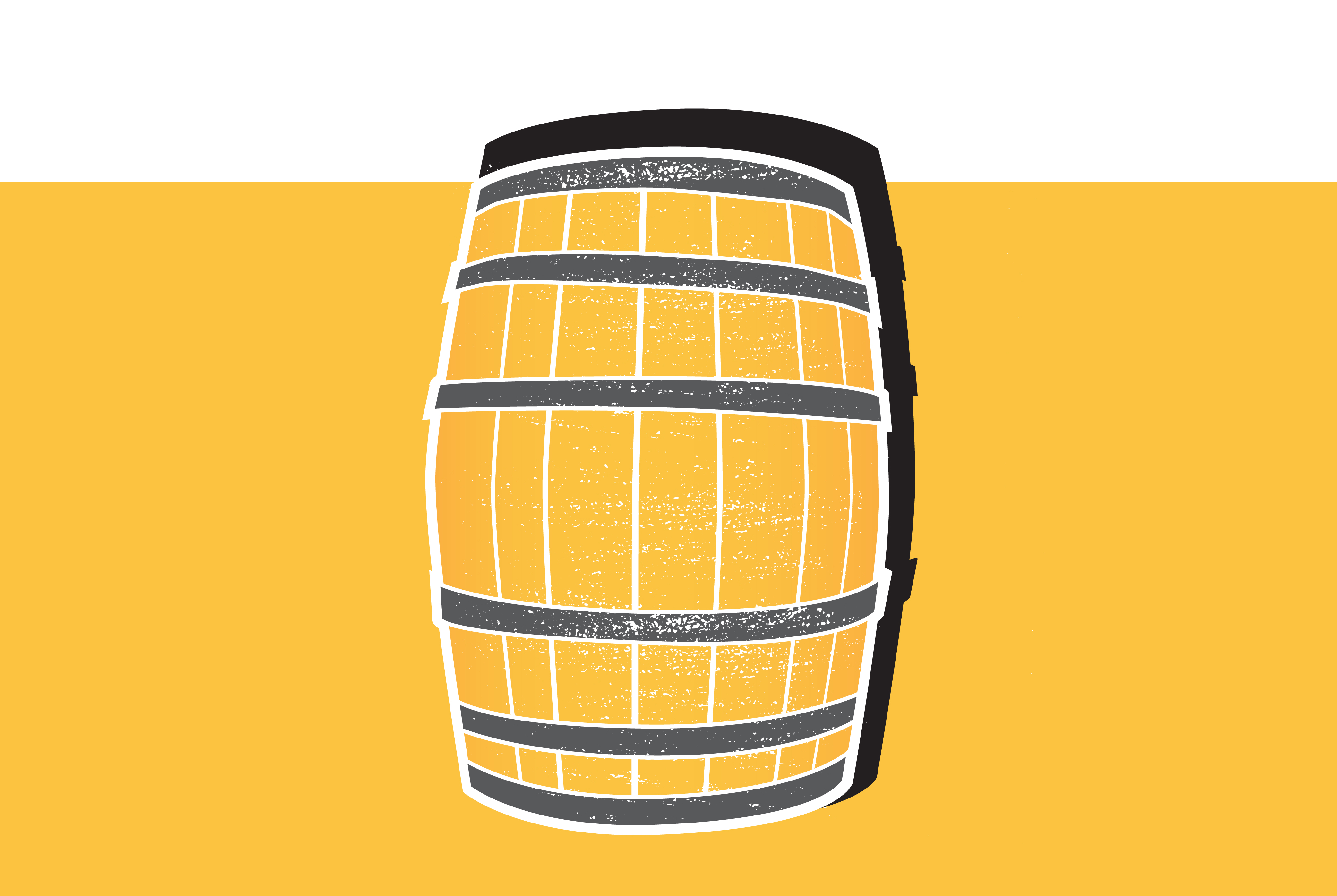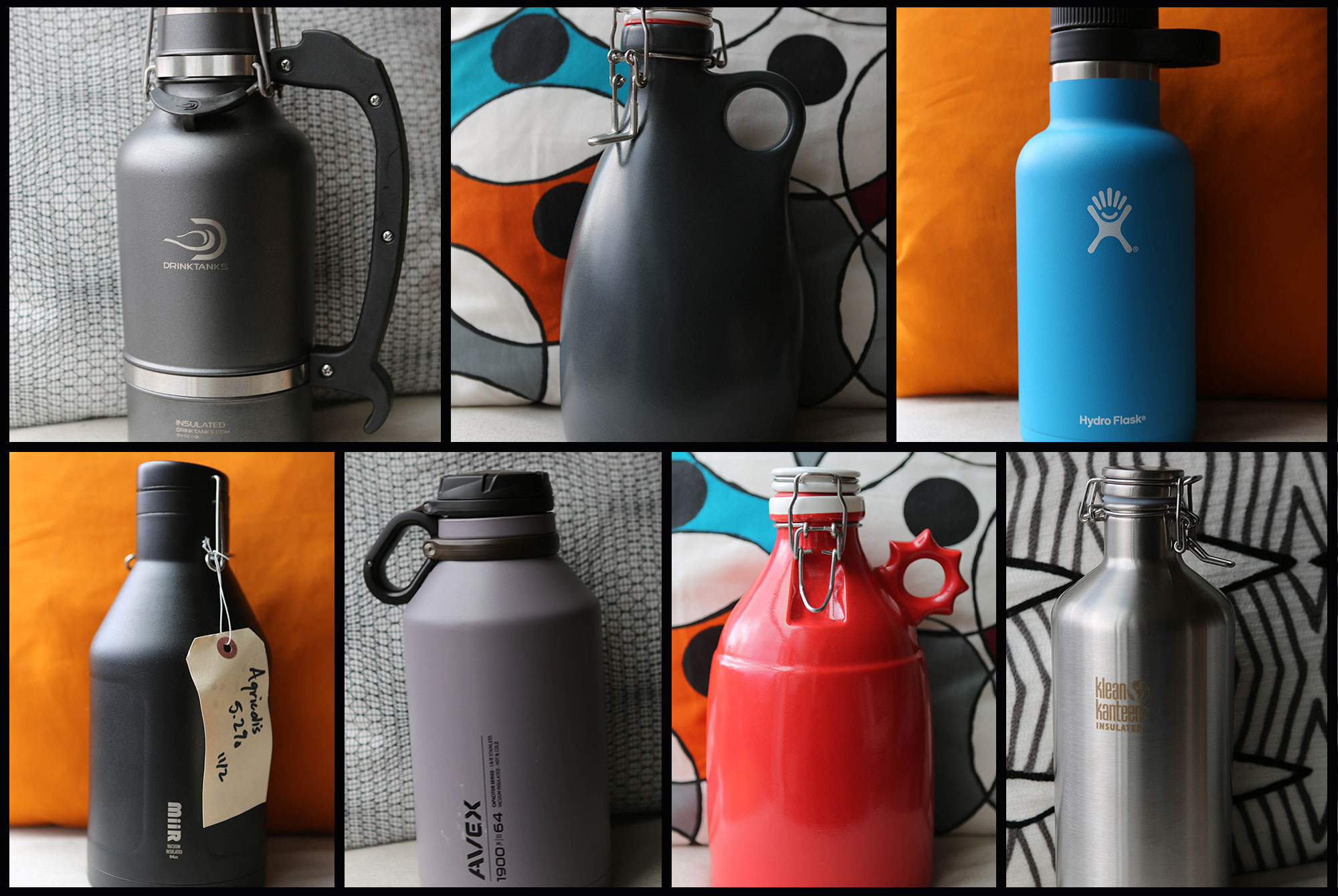Shop
Definition: Barrel-Aged Beer
The big flavor and big money behind finishing beer in bourbon barrels.
Would you like this fermented grape juice that we’ve stored in wooden barrels, or this same product that’s been aging in animal pelts? The barrels? Probably a good choice.
Starting in 300 BC, the Greeks and Romans made a similar decision, choosing to age their wine in wooden barrels instead of skins. A few hundred years later, European brewers discovered that wooden barrels made sturdier vessels for shipping beer than wineskins, and could more easily be rolled around. Oak was a popular choice.
Eventually, barrels proved useful not only for storage, but for the mellowing effects and warm flavors they imparted to whatever they held. In 1783, Evan Williams opened a distillery in Kentucky and used wood to age his bourbon. According to legend, he made the stuff in Kentucky and shipped it down the Ohio and Mississippi to New Orleans, where he realized that it tasted better. Thus, moonshine became bourbon (the whiskey came from Kentucky’s Bourbon County).
It wasn’t until 1992 that brewers started aging beer in bourbon barrels, thanks to the ingenuity of Greg Hall, former brewmaster of Goose Island Brewery in Chicago. Goose Island’s Bourbon County Stout, which ferments in stainless steel vessels and ages for 100 days in Jim Beam bourbon barrels, remains one of the most sought-after barrel-aged (BA) beers today.
Why bourbon barrels? To protect American cooperage (the making of barrels), we have a law that prevents distillers from using bourbon barrels more than once. As a result, used barrels are readily available. They also happen to be chock-full of interesting compounds: lactones yield floral aromas, phenolic aldehydes provide vanilla, and simple sugars impart caramel.
Not every beer does well in bourbon barrels. Typically, the best candidates have a high alcohol percentage and strong flavors that won’t get overshadowed by the wood — think porters, stouts, and barleywines. However, recent experiments in aging hoppy beers have produced popular beers like Walking Man’s My Old Kentucky Homo and Hair of the Dog’s Adam from the Wood. Weyerbacher Brewing even ages their entire line to create a second lineup: for instance, Blithering Idiot barleywine becomes their coveted Insanity once it’s aged in oak barrels.
Based on recent industry trends, expect to see more BA experimentation in the future.




